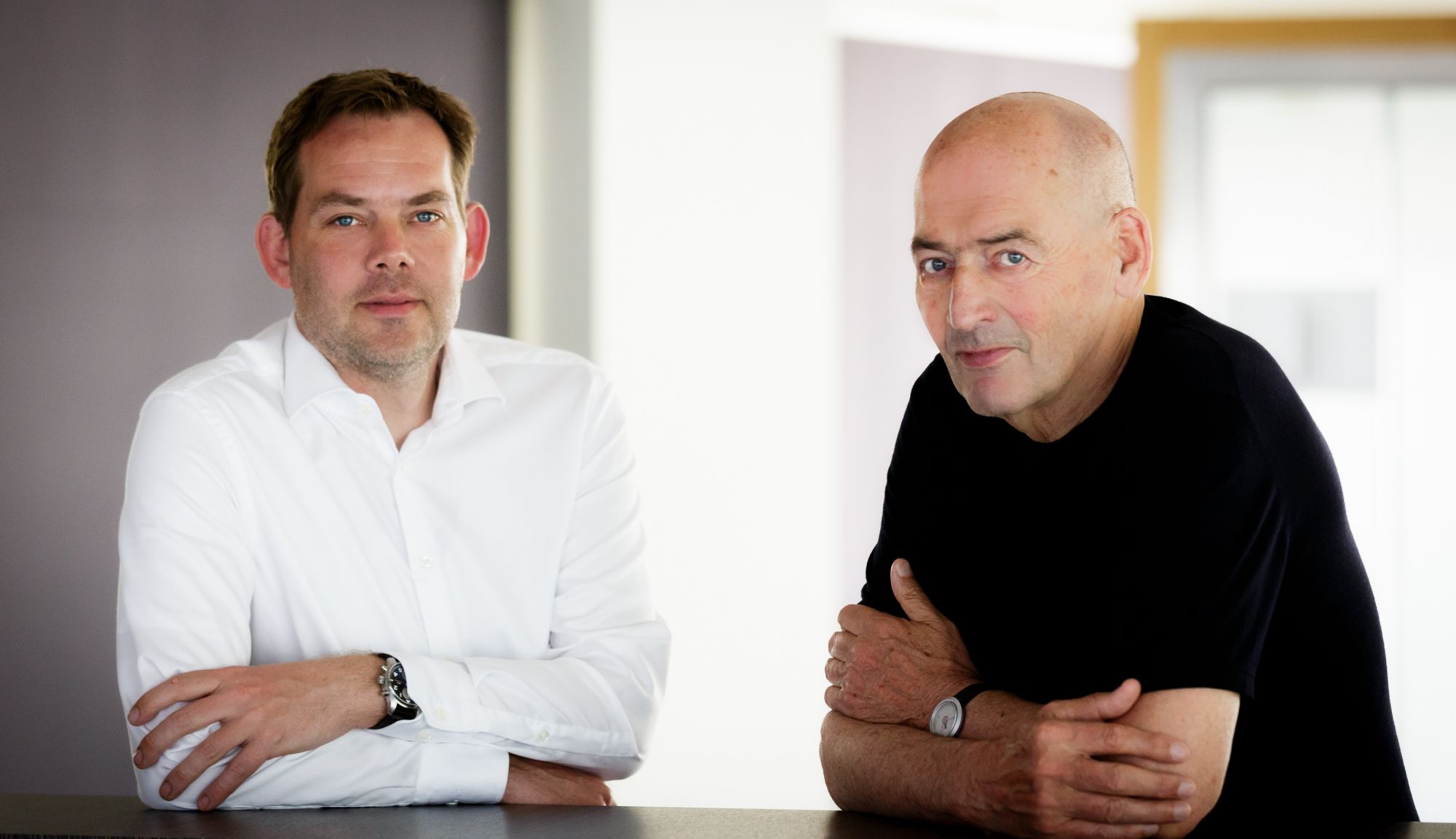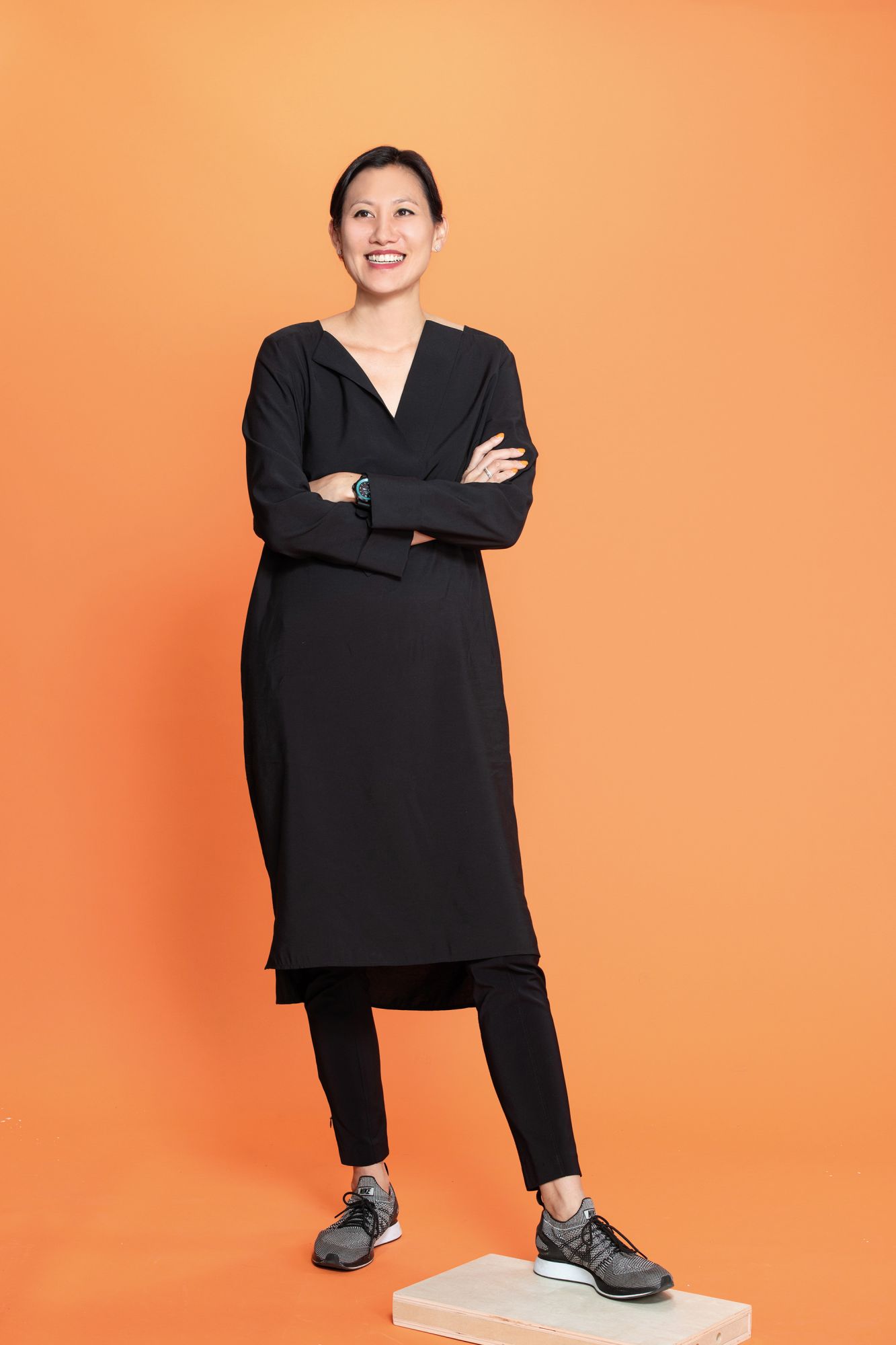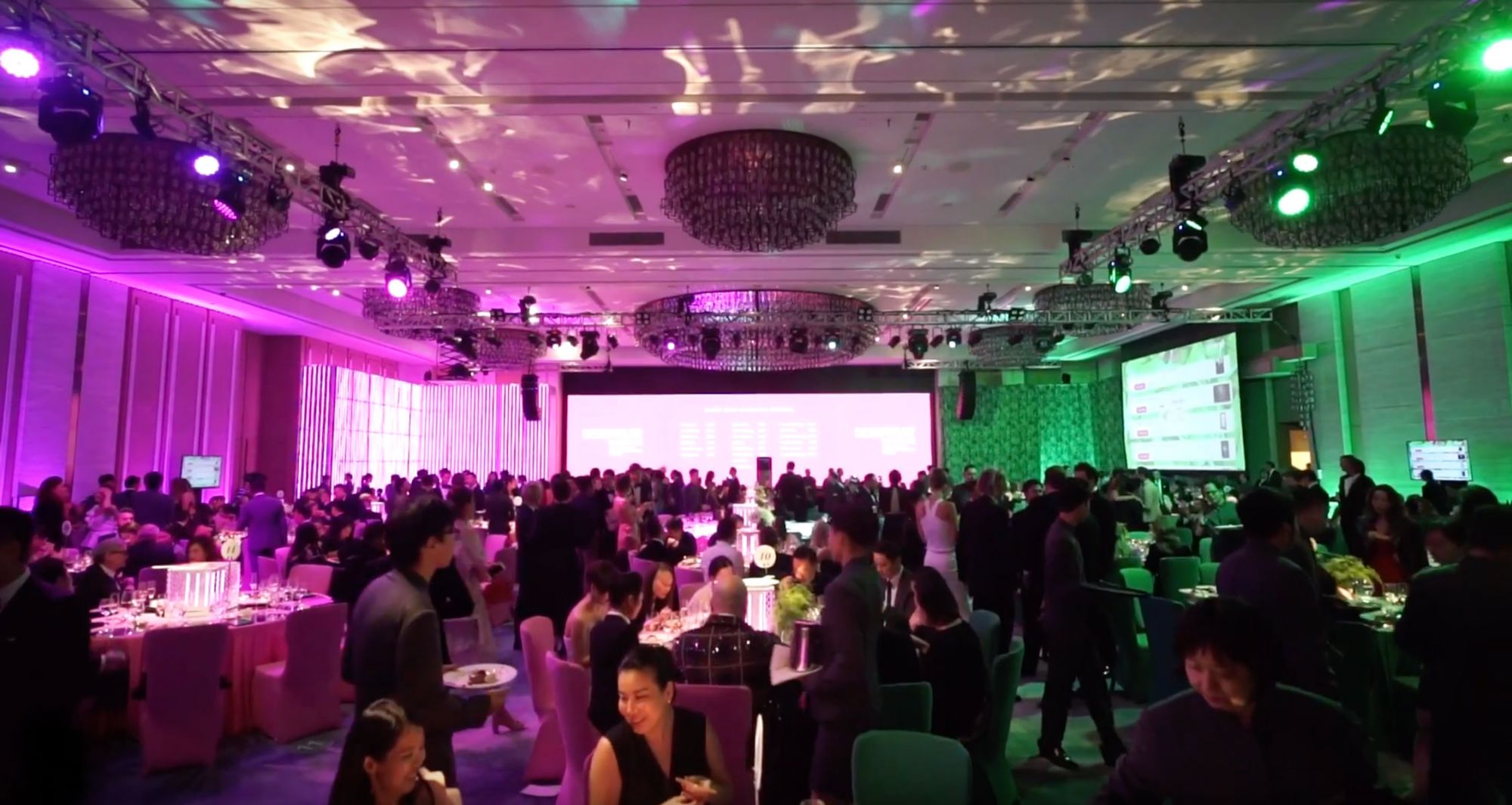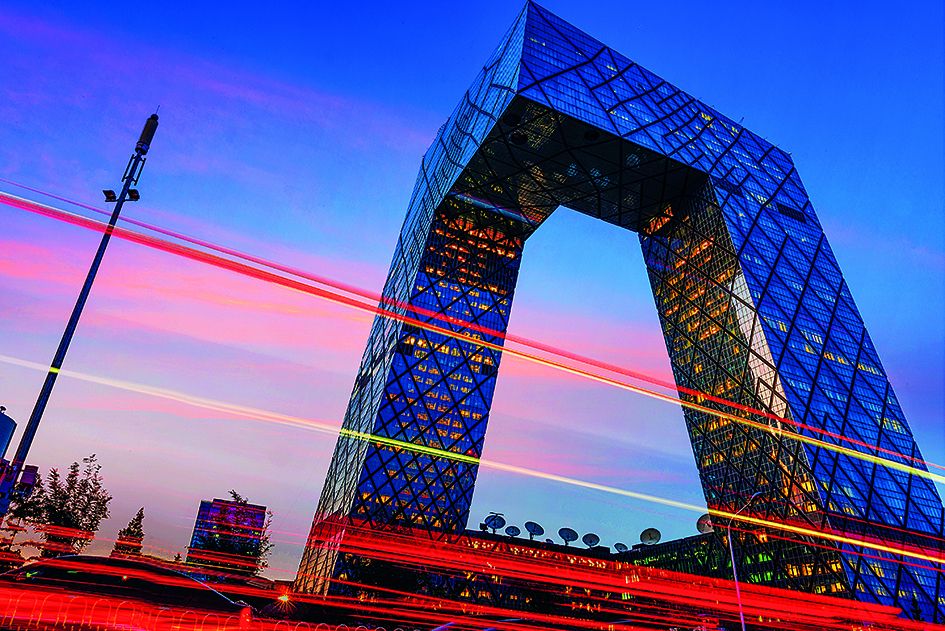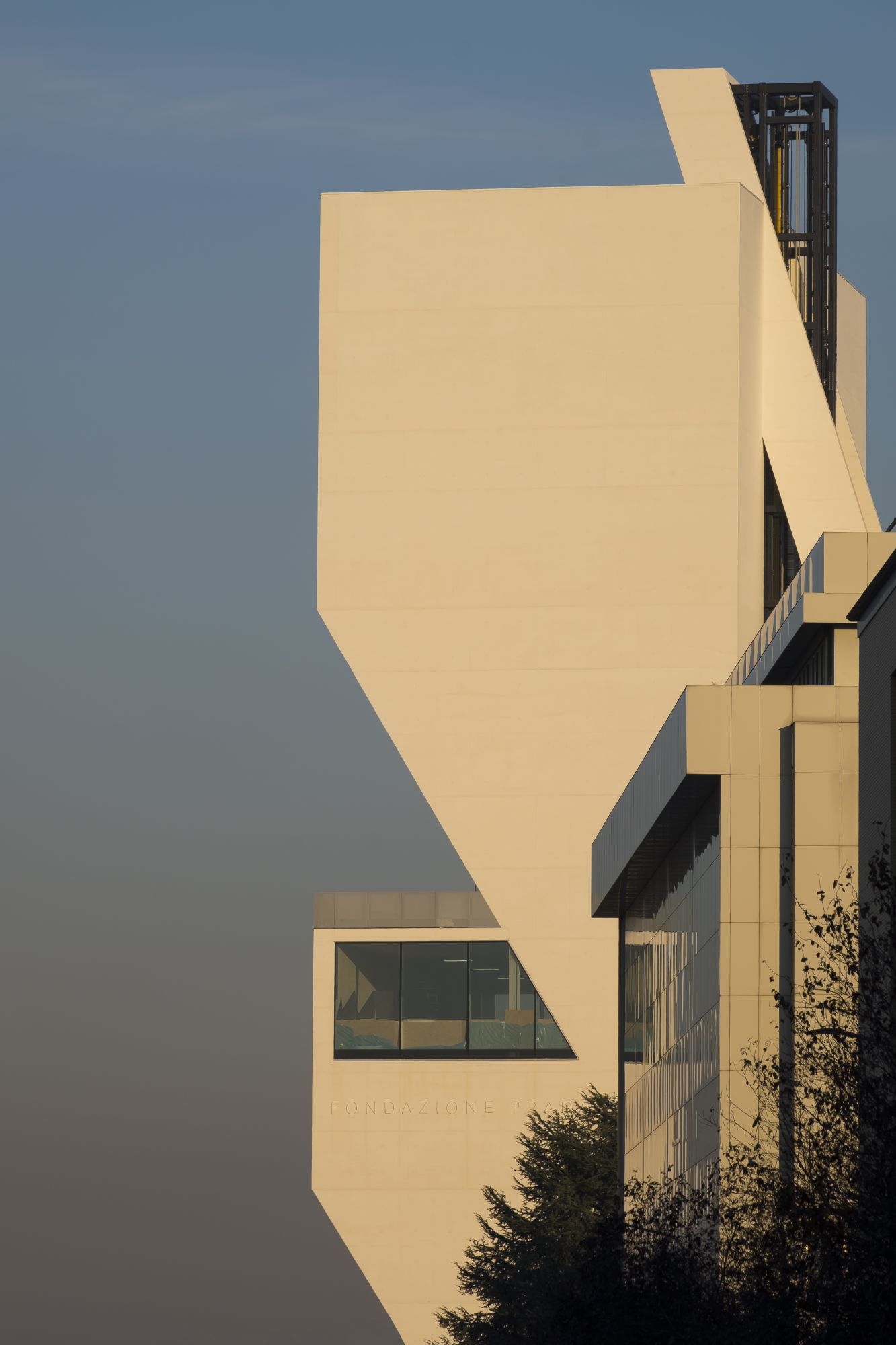Rem Koolhaas is often thought of as intimidatingly intellectual, but is there another side to the Dutch 'starchitect'? Design Trust co-founder and Generation T honouree Marisa Yiu talks to the Pritzker Prize winner and his OMA colleague David Gianotten to find out
Articles about Rem Koolhaas tend to have a certain rhythm. They generally begin with a description of the man himself. Six foot five inches tall (or 195.5cm), rake thin, normally dressed head to toe in Prada and often unsmiling, the 73-year-old Dutchman looms physically large in profiles.
Then there are the details of his awe-inspiring career: how he established his design studio, the Office for Metropolitan Architecture (OMA), in 1975, founded his own think tank in the 1990s and has since gone on to design some of the most daring buildings of the past few decades, among them the CCTV Headquarters in Beijing, the Seattle Central Library in the US and Fondazione Prada in Milan, all while writing a series of industry-shaking books that propose radical new ways of thinking about architecture. His powerful presence and string of achievements leave the impression that Koolhaas is as much a philosopher as an architect, someone who is preoccupied with the big ideas—and doesn’t have time for anything else.
But speaking on a late summer day from his office in Amsterdam, Koolhaas wants to add something new to that conversation. “I think it’s important to celebrate that we at OMA are not always serious,” he says with a laugh. “A lot of our work is directly related to pleasure.”
To underline this point, OMA unveiled one of its most playful projects yet on October 27. The studio took on the role of creative director for the Ambassadors Ball in Hong Kong, an annual gala dinner to benefit Design Trust, a grant-funding platform that supports creatives working in the Pearl River Delta. The project was led by OMA director David Gianotten, who themed the event around a “hyperenvironment,” a word that hints at a hyper-connected, hyper-dense city packed with the latest technology. Gianotten developed this theme while contributing to research currently being undertaken by OMA’s think tank, AMO, into how the rapid development of cities is affecting the countryside around the globe.
Koolhaas and Gianotten spoke to Generation T honouree Marisa Yiu, co-founder and executive director of Design Trust, about their designs for the ball, the importance of fun and how Hong Kong is a constant source of inspiration.
